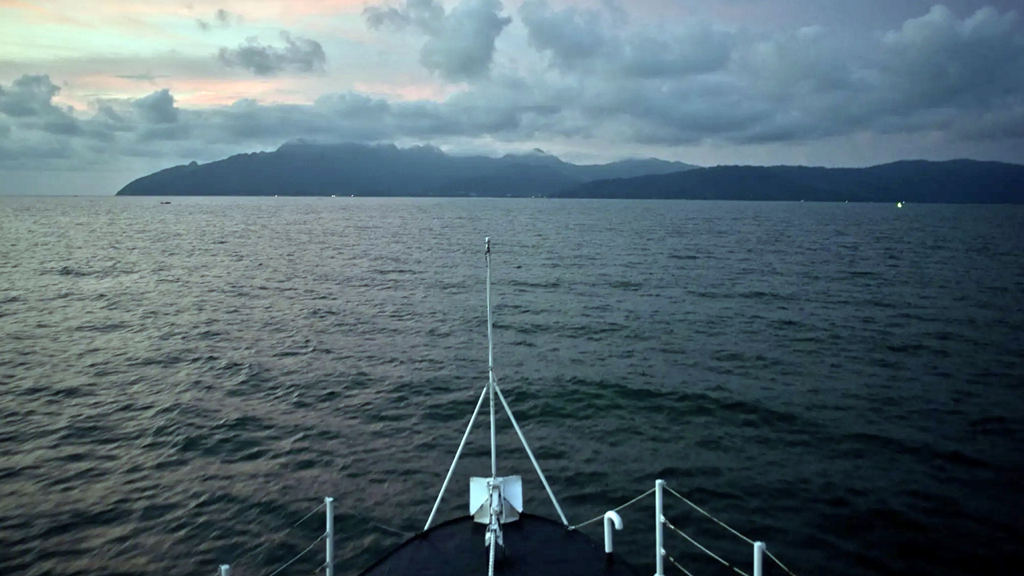Bangladesh’s crazy island solution to Rohingya refugee problem
- 24/02/2017
- 0
An estimated 70,000 Rohingya Muslims have fled persecution from Myanmar (also known as Burma) to Bangladesh since October last year, joining a population of around 400,000 Rohingya refugees in the country.
The Bangladeshi government has been condemned by human rights groups for its plans to relocate the refugees to the remote and dangerous Thengar Char. ITV News has been to visit the island.
It seems like a crazy idea.
Rehousing hundreds of thousands of refugees on a remote island in the Bay of Bengal.
An island which for half of the year is almost completely flooded and which is surrounded by pirate-infested waters.
Yet a committee has been assembled and as we found out there are signs that this is a plan being seriously considered by the Bangladesh government.

To get to Thengar Char, or Twig Island as it translates, we took a 40 minute speed boat journey from Chittagong to Sandwip Island.
We then went by tuk tuk from the east to west coast where we met the fishing vessel which had agreed to take us.
We were joined by three armed police officers and waiting off shore was the coastguard, ready to escort us through this dangerous stretch of water.

It took us two hours to reach the island and then a further 45 minutes to navigate around its coastline to one of the few access points.
A temporary jetty has been cut out of the mud by those assessing the viability of the project.
The island is remote, sparse and apart from a health bird population we saw no signs of life.
It is difficult to imagine how anyone could live there.

And within a few weeks when monsoon season hits, much of it will be submerged.
A presence of a large group of local officials and the construction of a helipad from red bricks indicated the government really do think the island could be a solution to Bangladesh’s Rohingya problem.
It was clear from those we spoke to in the area that they have little regard for the Rohingya people and view them with suspicion.
Sandwip Island Councillor Mizanur Rahman said: “We know that the Rohingyas’ behaviour is not good, they are involved in drugs and smuggling issues but perhaps after being rehabilitated here they can stop their past activity. If not, it will be very bad for us.”
Bangladesh is an already overpopulated and impoverished nation so the thousand of refugees spilling in across the border from Myanmar are not welcome.
They are also arriving into the border area close to Cox’s Bazar, home to the world’s longest beach and which the government is trying to sell as a premier holiday resort.

There are now eight camps stretching from the Naf River which forms the border up towards Cox’s Bazar.
Only two of the camps are official and being supported by aid agencies.
We visited one of the newest camps in Balikhali where there is still a daily influx.
Maheen Newaz from Save the Children in Cox’s Bazar told us: “The situation is actually not good in the camps. The sheds they are living in, the facilities they have, this is not adequate, not up to standard, even not actually sufficient.”
The aid agencies are alarmed by the idea of moving the refugees to Thengar Char.
They hope a more sensible solution and appropriate sanctuary can be found for the hundreds of thousand who have fled their homes in fear.






